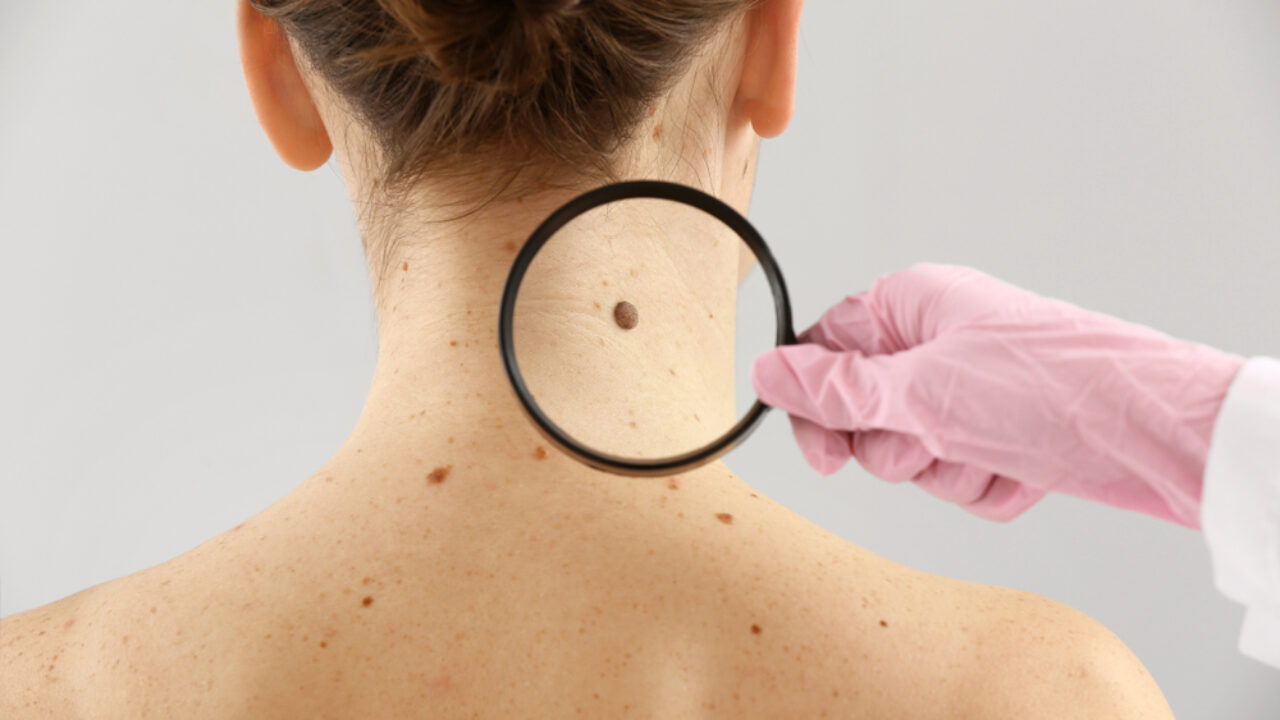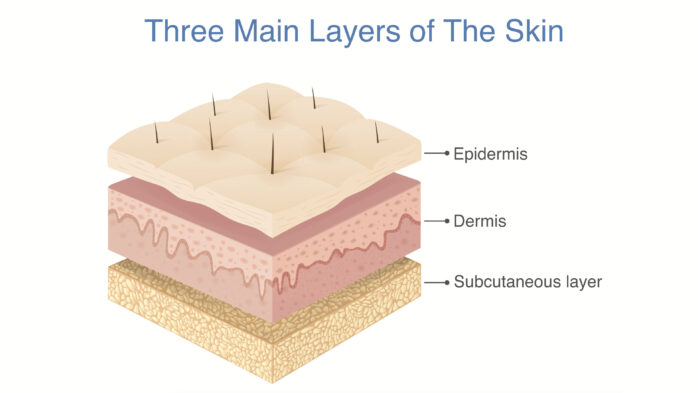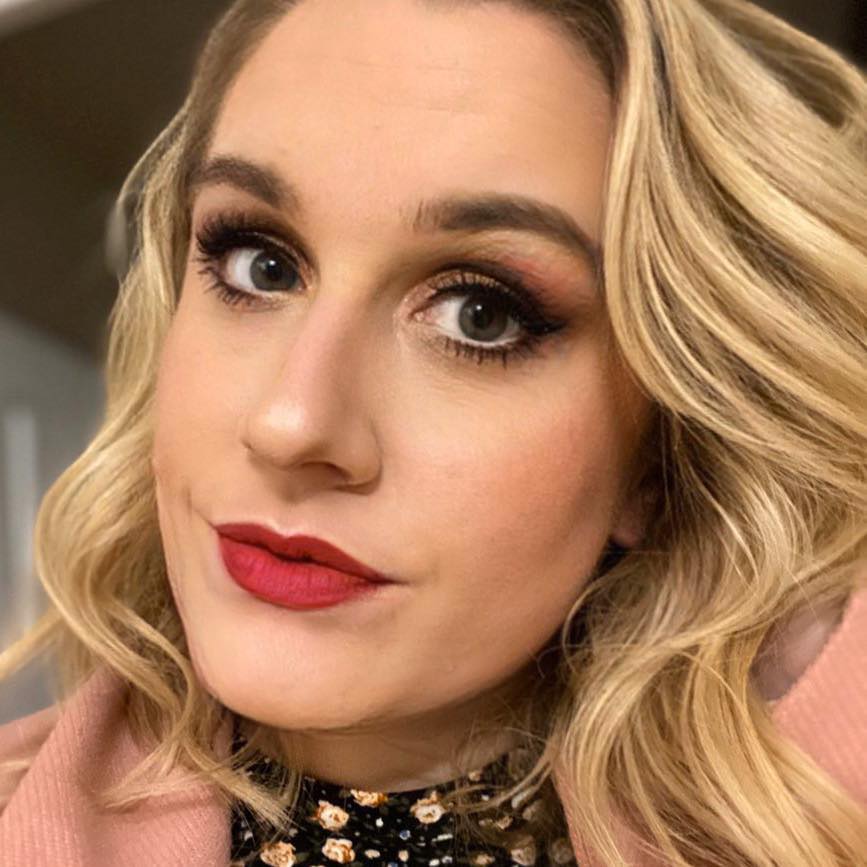
Wondering what skin cancer looks like? We’ve got expert advice from leading dermatologists on the different types of skin cancer and what symptoms and signs to look out for
JUMP TO SECTION
Click the links below to jump to the relevant section:
Melanoma skin cancer is one of the most common cancers in the UK, and since the early 1990s incidence rates have more than doubled.
Over the coming years, due to a number of factors including hotter summers and longer life expectancy, rates are projected to rise by 9%, and by 2040, there could be as many as 26,500 new cases of melanoma skin cancer every year.
That’s the equivalent of three people being diagnosed every hour.
We’re not sharing these stats to frighten you, but we do want to highlight just how prevalent the skin condition has become and what this means for your risk of getting the disease.
We also want to help.
In this guide, we get expert advice on what the three main types of skin cancer are, what skin cancer symptoms and signs you need to be aware of and how to carry out a skin cancer check at home.
If you’re worried about any moles or skin conditions, please seek medical advice from a professional. This guide is not, and should not be used a substitute for medical support and is purely a guide to encourage you to get help.
 Shutterstock
Shutterstock Skin cancer is a type of cancer that begins in the skin cells and there are three main types:
Melanoma accounts for about 1 in 10 cases of skin cancer. Basal cell carcinoma accounts for about 7 in 10 cases of skin cancer. Squamous cell carcinoma accounts for about 2 in 10 cases of skin cancer.
Skin cancer occurs when the DNA in skin cells becomes damaged, usually from prolonged exposure to UV radiation from the sun or tanning beds. UV radiation is a form of electromagnetic radiation that can penetrate deep into the skin and cause uncontrolled cell growth and the formation of malignant tumors.
Factors that can increase your risk include:
According to the American Academy of Dermatology, there are a number of melanoma skin cancer symptoms to look out for – the so-called ABCDEs of melanoma.
Basal cell carcinoma skin cancer symptoms look like:
Squamous cell carcinoma skin cancer symptoms look like:
Cancer Research also has a long list of images that show what different types of skin cancer looks like here.
“Performing a skin self-exam means taking note of all the spots you see on your body such as moles, freckles, and age spots,” explains the AAD. “Skin cancer can develop anywhere on your skin including the palms of your hands, soles of your feet, mouth, eyes, genitalia, and buttocks. It’s also one of the only cancers you can usually see on your body.”
If you have darker skin, skin cancer is more likely to develop in areas that aren’t exposed to the sun, such as under or around your nails, palms, or soles.”
Once you know the skin cancer symptoms to look out for, Dr Hope Mitchell MD, FAAD, explains that a skin cancer check should involve:
“Make sure to record the spots on your skin and nails, including the location of the spot and whether it has changed,” says Dr. Mitchell. “Ask someone for help when checking your skin, especially in hard-to-see places like the scalp and back. If you notice a spot on your skin that is different from the others or that changes, itches, or bleeds, make an appointment to see a board-certified dermatologist.”
Yes. Skin cancer can kill you and Cancer Research stats show that 2,300 people die from melanoma skin cancer in the UK every year, that’s more than six a day.
As with most cancers, though, catching it early and getting treatment reduces this mortality risk. In fact, almost 9 in 10 people diagnosed with melanoma skin cancer in England survive their disease for ten years or more. The odds are then even better for basal cell and squamous cell carcinomas.
The best way to prevent skin cancer is to protect your skin from UV radiation. You can do this by:

Victoria is founder and editor-in-chief of mamabella, freelance journalist and Mum. She has a passion for empowering people to feel beautiful whatever their age, size, skin type and budget
